28 Apr Take a Stand: The Effects of Sitting at Work
From standing desks and fitness trackers to groundbreaking pilot experiments in high schools in several cities, the movement to sit less and stand more is gaining momentum. Which is a good thing, because new evidence suggests that the more than eight hours the average American spends sitting every day could be exacting a serious—and previously misunderstood—toll. The fact of the matter is that the human body is not designed to remain in the same position for hours at a time.
Studies have long connected sedentary behavior to poor health, including heart disease, diabetes, obesity and hypertension. But doctors thought those problems could be traced to the fact that people who sat more were probably just not working out very much. The public health messages were in step with that thinking. “Let’s Move!” became a national mantra. But while exercise is critical, it alone can’t make up for the ills of idleness. New research shows there’s a big difference between exercising too little and sitting too much. That’s because a standing body uses energy altogether differently from a sedentary body—and also from an exercising one.
What is actually happening when we are seated? A variety of things: blood sugar rises, muscles become tighter, and blood flow to the heart slows, even for those who exercise regularly. A shocking statistic is those who sit the majority of their waking hours, even while taking breaks, have two-and-a-half times the risk of developing cardiovascular disease. While that’s sinking in, here are some things you can do throughout the work day to get your blood circulating:
- Try a sit-stand desk
- Every hour try to walk around the office, even if it’s down the hall and back
- Take a walk around the block after lunch
- If you use public transportation to commute, try standing instead of sitting
- Trade a rolling desk chair for a stationary one to encourage movement around your workspace
While it may seem like the culprit, office furniture can also be a large part of the solution. Luckily, we know a thing or two about that. Height adjustable tables allow employees to turn office work into light exercise which leads to overall health benefits and an increase in productivity. Offering options for non-traditional seating, such as lounge furniture, may lead to safer postures for those interacting with hand held devices. To change up traditional desk-bound postures, placing casual furniture in open meeting spaces will do the trick. Whether you are planning a new office space or just evaluating your current habits, keep this quote from researcher James Levine in mind before taking a seat: “The goal of sitting should be sin-gular: to give our bodies a break from moving.”

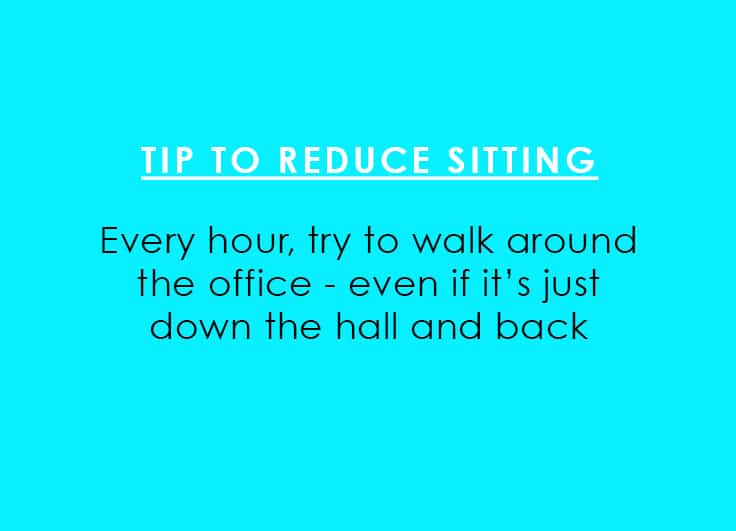
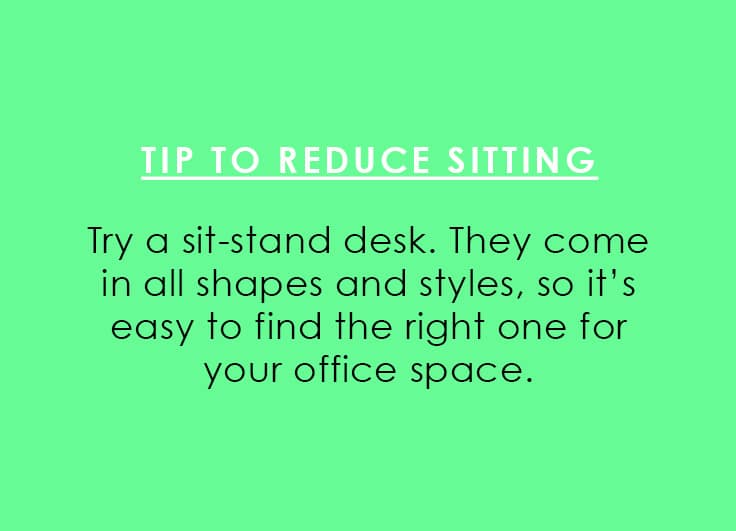
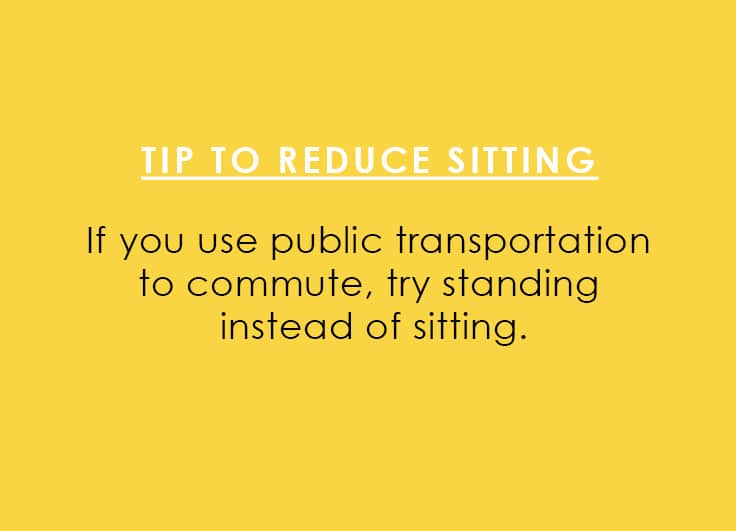
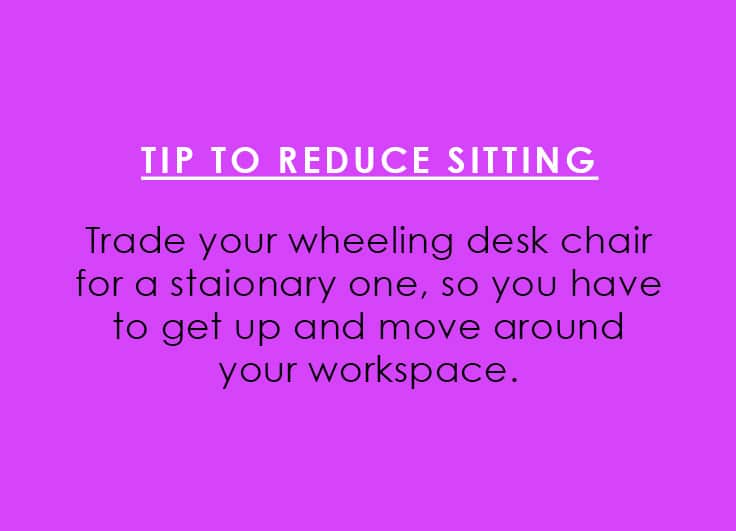
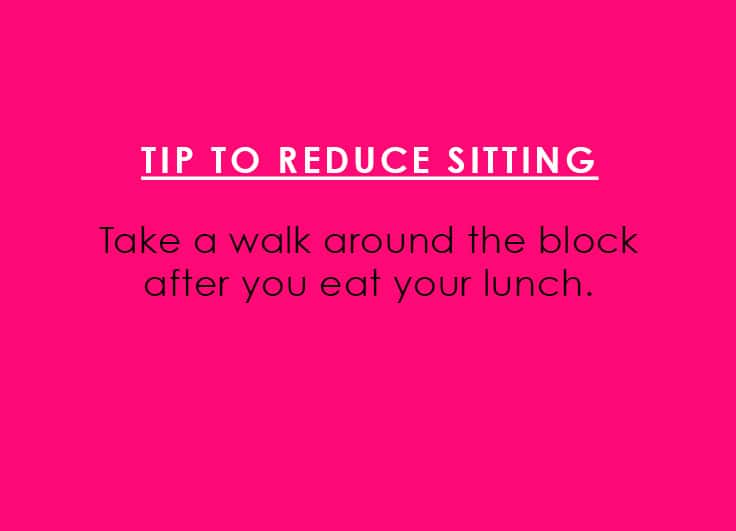
No Comments